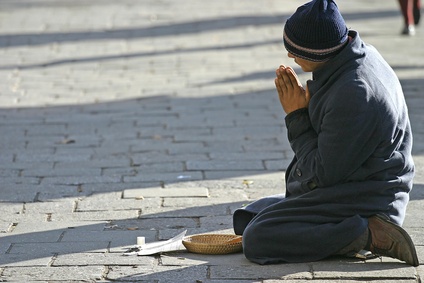Soaring poverty levels in suburban USA are forcing a growing number of suburban communities to rethink how they can best serve their residents.
The New York Times has reported that nationwide, 55% of the country’s poorest people in urban areas are now living in city suburbs, a huge increase from the 49% recorded back in 2000.

Poverty levels in America's suburbs are climbing © absolut - Fotolia.com
More families are being forced into poverty conditions by the recession, claims analysis from the Brookings Institution, whose data shows that two-thirds of suburban dwellers are now living below the poverty line.
There are now five million more people living in poverty in America’s suburbs than there were in 2000, claims Brookings, with the metropolitan areas of Greensboro, N.C. and Colorado Springs showing the highest increases. Meanwhile, in the last couple of years, communities which suffered worst from the housing crisis like Riverside, California, and Cape Coral, Florida, have seen the sharpest rise in suburbanites living in poverty.
According to Elizabeth Kneebone, one of the Brookings Institution’s senior researchers, the growth in poverty has been incredible, saying that:
“For the first time, more than half the metropolitan poor live in suburban areas.”
Scott Allard, a professors at the University of Chicago, says that this shift could ultimately lead to a redefinition of America’s suburbs. He said that suburbs have always been seen as a place full of opportunities – bigger homes, better schools, better jobs.
“But today, it isn’t as true as what popular mythology would have us believe,” he said.
Many long time suburban residents have already noticed the changes. For example, in Pittsburg’s Penn Hills suburb, where people have traditionally always driven cars, there has been an increase in street crimes and litter around bus stops and near people’s yards.
Fran Matthews, a resident in Warrensville Heights, Cleveland, since 1987, said how the area was absolutely pristine when she first moved there, with middle class neighbors, tidy lawns and good schools abound. Fast forward twenty years and the area is littered with for-sale signs and overgrown front yards. Meanwhile, crime is rising, with the number of reported break-ins and burglaries increasing each year.
“Nowadays when I come home, I have to look around before I step out of my car,” said Ms. Matthews. “It never used to be this way.”